Whether it was the canals and railroads that linked our heartland to our industrial centers, the interstate highway system that ultimately connected all regions of the nation, or telecommunications infrastructure that allowed data and information to be shared instantly, transportation and telecommunications infrastructure has always played an important role in shaping the economic and physical landscape of this country.
This was especially the case within metro areas. From the Industrial Revolution’s city factories to 20th century research parks, industries tended to locate based on the infrastructure of the time.
But as our Brookings colleagues describe, the geography of innovation is changing: from spread-out and isolated to concentrated and connected. Today’s innovative firms and workers seek proximity so that ideas and knowledge can be transferred more quickly and seamlessly.
And as the geography of innovation changes, so must the infrastructure.
Although innovation districts are largely unplanned and organic, they do require three critical areas of physical investments: transit, broadband, and bicycle/pedestrian facilities.
The high densities that exist or were planned for innovation districts like Cambridge’s Kendall Square and Philadelphia’s University City all require public transit to move people and provide access to jobs and economic opportunity. Seattle constructed a new modern streetcar line to serve the South Lake Union area (the unfortunately nicknamed SLUT). Detroit’s M-1 streetcar will be the first such service in the city since 1956 (not coincidentally, just before the city’s population plummeted)
Given the focus of innovation in these places, robust access to high speed broadband is also of paramount importance. In St. Louis, a business model is being developed to install gigabit-speed fiber optic cable under the street at the same time construction is underway for a planned trolley line to serve one of the city’s innovation districts. Amazon couldn’t consolidate headquarters in South Lake Union without ample bandwidth.
Pedestrian and bicycle facilities are part and parcel of the plans for the Detroit and Boston districts, and across the country bike sharing networks focus on jobs-rich districts.
All these three areas of infrastructure can—and should—also be extended into adjacent, often low-income neighborhoods, to both reduce the digital divide and improve transportation accessibility to jobs and economic opportunity.
But unlike simplistic notions of transit-oriented development, in no case is infrastructure the driver of the innovation district. It’s not the field of dreams. If you just build transit, broadband, and bike/ped, it doesn’t mean the innovation district will come. City leaders have to understand their key innovation assets and literally build around those. The infrastructure required arises from those strengths.
The Brookings Institution is committed to quality, independence, and impact.
We are supported by a diverse array of funders. In line with our values and policies, each Brookings publication represents the sole views of its author(s).
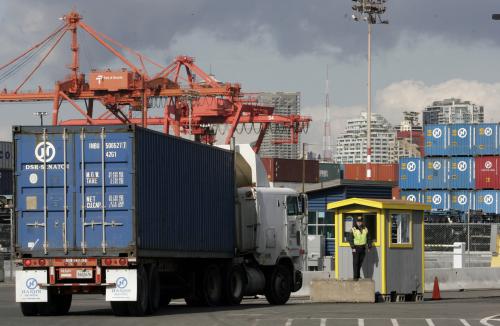
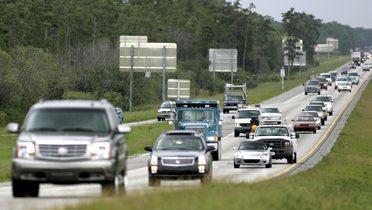
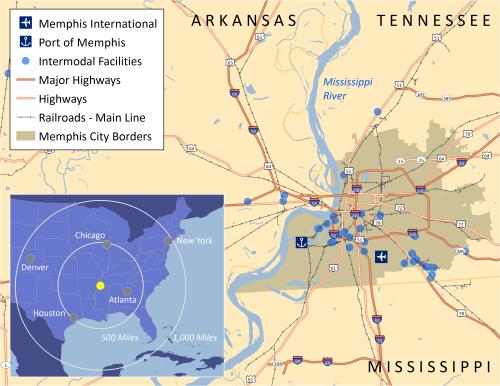
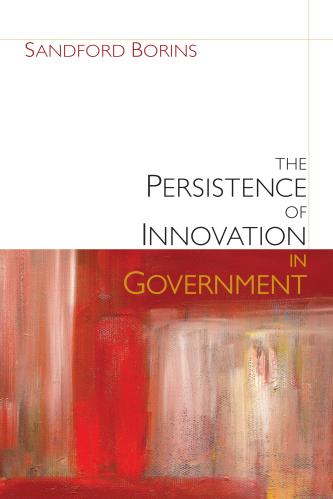




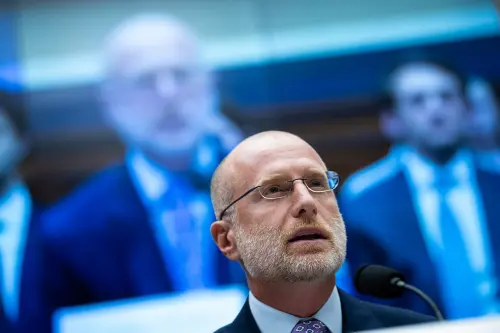


Commentary
Wanted for Innovation Districts: Transit and Broadband
June 13, 2014